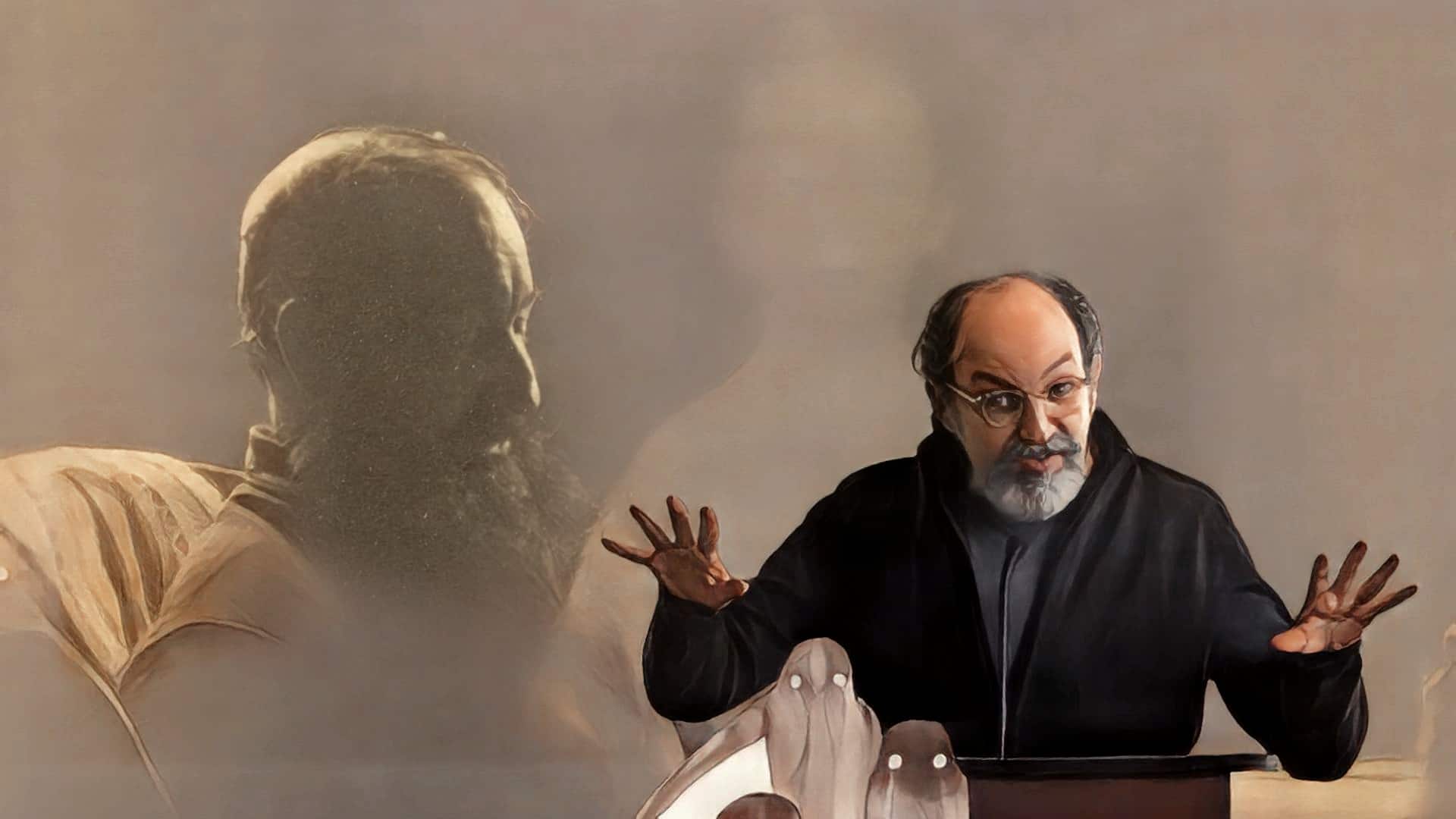Spirit photography: Catching ghosts on camera
Professor Louis Kaplan explores the origin and evolution of paranormal images.
Do you believe in ghosts? I have always been curious about the subject, especially growing up watching movies like Ghostbusters (1984). It didn’t occur to me as a child that there are real ghost hunters—individuals fascinated by mystery that visit potentially haunted buildings to capture spirits on film. In an interview with The Medium, Professor Louis Kaplan of the Department of Visual Studies at the University of Toronto Mississauga explains the history of spirit photography, our interest in paranormal phenomena, and the methods used in capturing ghosts on film.
Author of The Strange Case of William Mumler, Spirit Photographer (2008), Professor Kaplan is far from a newcomer in the world of spooky photography. Currently teaching FAH291: History of Photography and FAH455: Photography and Humour, Professor Kaplan is recognized for his theoretical and innovative contributions to the study of spirit photography.
It is important to address the reasons behind our curiosity of paranormal activity, however, it’s quite simple: to explain the unexplainable. “The use of reason and the rational faculties only go so far in explaining the spooky and the scary, and this is where and why the ‘paranormal’ and ‘parapsychology’ come in,” explains Professor Kaplan. “The paranormal says that there are scientific anomalies that do not conform to the norms and conventions of the day, that do not go along with the scientific paradigms that govern the current understanding of the world.” Among paranormal cases, Professor Kaplan explains that ghost sightings are probably the most popular. This is especially true around this time of year, regardless of whether the claims are real or hoaxed.
There is a great deal of controversy regarding spirit photography’s legitimacy. Skepticism is common, as people often doubt the images of ghosts, especially with the rise in easily accessible technology used to edit images. “Spirit photographers have always been vague and unclear as to their exact methods,” explains Professor Kaplan. The lack of detailed methodology may be the reason behind the heightened skepticism in spirit photography. Or perhaps the skepticism stems from a history of controversial hoaxes.
Spirit photography emerged in the mid-1800s in Boston and was first developed by William Mumler. Mumler and his wife Hannah found interest in the movement of spiritualism, which believed that individuals could communicate with the dead through various mediums and intermediaries, like photography. Mumler produced a series of paranormal photographs, including one of former President Lincoln’s spirit overseeing his mourning widow.
“Mumler got himself into trouble when it was found that a couple of the spirits in his photographs were actually still alive,” shares Professor Kaplan. Framed as a sting operation by the New York mayor’s office in 1869, Mumler was brought to trial—a case Professor Kaplan details in his aforementioned book. “At Mumler’s sensational trial, the prosecution brought forward nine different methods that the spirit photographer could have used to fake the results,” details Professor Kaplan. For example, the court investigated darkroom manipulations, the use of previously prepared plates, and even sleight of hand at the time the photograph was taken. However, Professor Kaplan reveals that, “ironically, because the prosecution could not figure out exactly how Mumler did the trick, Justice Dowling had no choice but to set the accused spirit photographer free.”
The way that we trail spirits, as well as the way that spirits haunt, has changed over time with the help of new and advanced technology. “The idea of the’ ghost in the machine’ does not stay the same because there are always new technological devices ready to be haunted—from analog to digital photography, from the video camera to the smartphone, as well as cybernetic ghosts on the internet,” says Professor Kaplan.
Although popular reality television shows like Most Haunted and Ghost Hunters still use cameras in the documentation of paranormal activity, new devices have come into play. “Negative ion-detectors [are] supposed to tell us that there are ghosts in the air when the levels [of ions] are higher than normal,” says Kaplan. “Thermal cameras and Electronic Voice Phenomena recorders are other new-fangled devices for capturing paranormal phenomena.” Thermal cameras have many uses, typically for surveillance and building inspections, but have found a new use in ghost hunting. While humans glow red from warmth through a thermal lens, our spectral friends create unexplained cold spots. Electronic Voice Phenomena recorders on the other hand, have been developed specifically to record hauntings. The device works to detect audio that is inaudible during an original recording.
The spooky season has yet again put classic horror movies at the top of Netflix’s recommended page, most of which involve cases of paranormal hauntings. The one that instantly comes to mind is the dramatic reiteration of the investigation of the Perron family’s haunting in The Conjuring (2013). Images of the Perron children in mid-air still haunt my mind. However, the photographs have been scrutinized since skeptics believe that to fake the images and achieve the desired effect, children were instructed to jump off their beds. This Halloween, indulge in your curiosity and explore your beliefs in the paranormal. Seek out the stories of the first spirit photographer William Mumler, or the haunting of the Perron family and make up your own mind. Can spirits really be captured on film?

